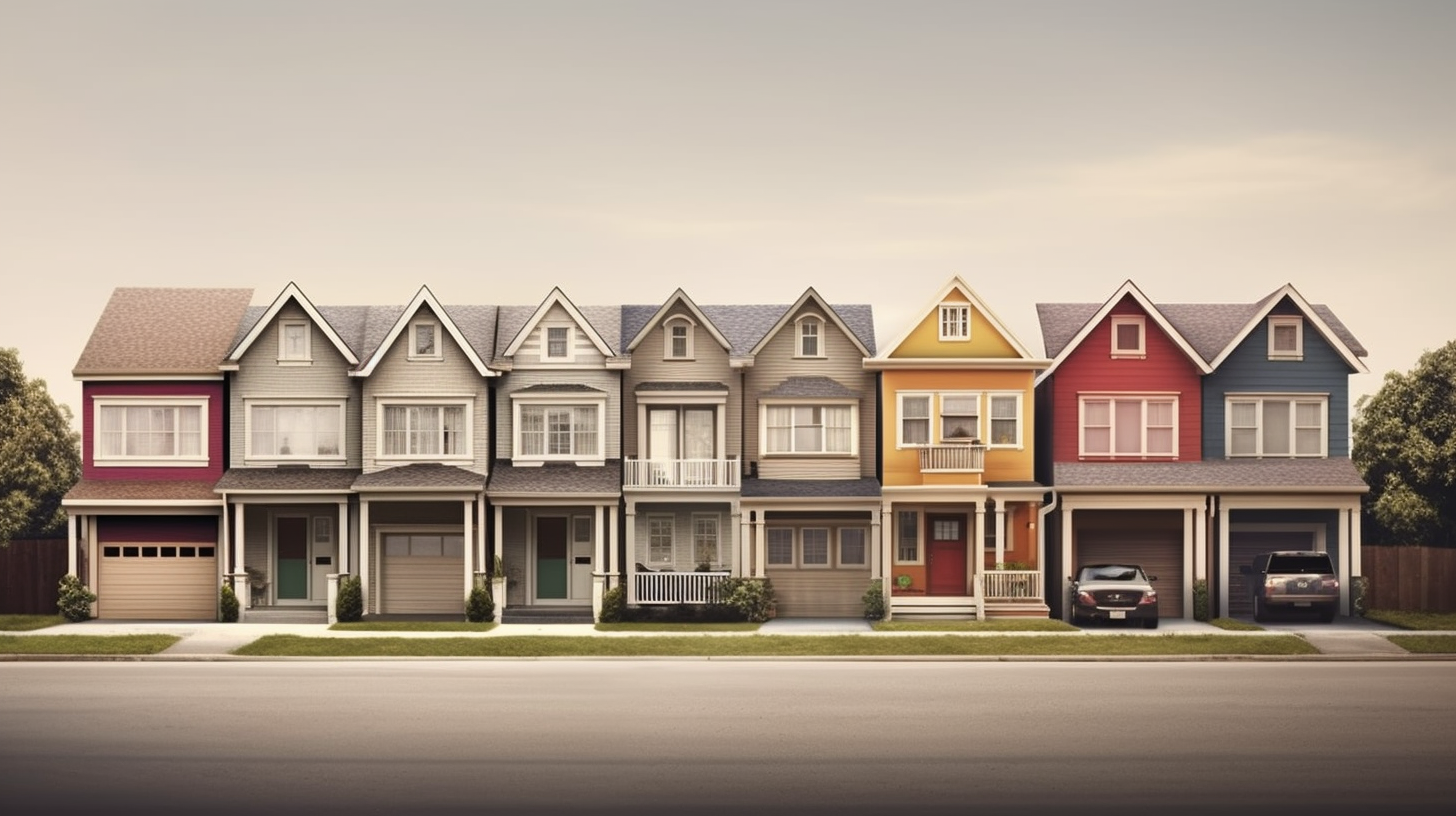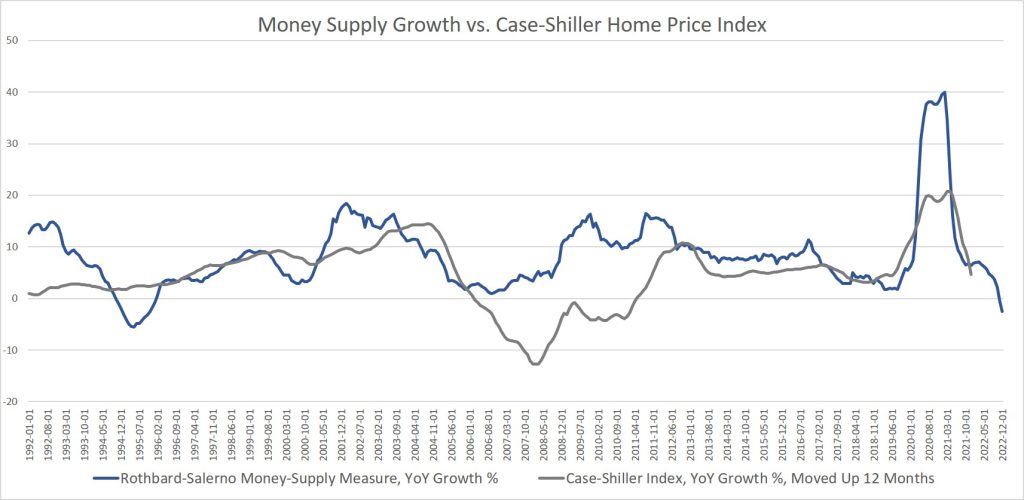
Research News and Market Data on SKYX
WEST HARRISON, N.Y.–(BUSINESS WIRE)–Sky Harbour Group Corporation (NYSE: SKYH, SKYH WS) (“SHG” or the “Company”), an aviation infrastructure company building the first nationwide network of Home Base Operator (HBO) campuses for business aircraft, announced the closing of a $200 million tax-exempt warehouse drawdown committed bank facility. The initial borrower is Sky Harbour Capital II, LLC (“SKYH Capital II”), a wholly owned subsidiary of SHG. The lender and administrative agent is JPMorgan Chase Bank (“J.P. Morgan”). The initial tax-exempt note underlying the committed facility (the “JPM Facility”) was issued through the Public Finance Authority (Wisconsin) (“PFA”).
The JPM Facility’s principal terms include: drawdowns for eligible new hangar projects, 65% leverage, a 5-year bullet maturity, 80% of (SOFR+0.10%) plus a 200bps applicable margin as the tax-exempt annual interest rate, capitalized monthly interest during the first three years, and no prepayment penalty at the time of refinancing. At present, the applicable floating interest rate is approximately 5.60%. Subject to credit approval, the JPM Facility may be expanded to $300 million. Additional information may be found in our related filing under Form 8-K with the SEC.
Tal Keinan, Sky Harbour’s CEO, commented: “We thank our new lending partners at J.P. Morgan for their trust and their creativity in designing a facility that elegantly meets Sky Harbour’s specific needs.”
Francisco Gonzalez, Sky Harbour’s CFO, commented further: “After a highly competitive process that included numerous banks and products, we determined that the tax-exempt warehouse drawdown committed bank facility that closed yesterday is the most favorable and cost-efficient borrowing mechanism for the funding of our next set of projects. The JPM Facility provides us with flexibility to draw when we need to and refinance into long term bonds at the optimal time.”
McGuireWoods LLP acted as administrative agent and lender’s counsel to J.P. Morgan. Attolles Law, S.C. acted as issuer counsel to PFA. Greenberg Traurig, LLP acted as tax and bond counsel and Morrison & Foerster LLP acted as corporate counsel to the initial borrower, SKYH Capital II. Lexton Infrastructure Solutions LLC acted as financial advisor to the Company.
About Sky Harbour
Sky Harbour Group Corporation is an aviation infrastructure company developing the first nationwide network of Home-Basing campuses for business aircraft. The company develops, leases, and manages general aviation hangar campuses across the United States. Sky Harbour’s Home-Basing offering aims to provide private and corporate residents with the best physical infrastructure in business aviation, coupled with dedicated service, tailored specifically to based aircraft, offering the shortest time to wheels-up in business aviation. To learn more, visit www.skyharbour.group.
Forward Looking Statements
Certain statements made in this release are “forward looking statements” within the meaning of the “safe harbor” provisions of the United States Private Securities Litigation Reform Act of 1995, including statements about the financial condition, results of operations, earnings outlook and prospects of SHG, including statements regarding our expectations for future results, our expectations for future ground leases, our expectations on future construction and development activities and lease renewals, and our plans for future financings. When used in this press release, the words “plan,” “believe,” “expect,” “anticipate,” “intend,” “outlook,” “estimate,” “forecast,” “project,” “continue,” “could,” “may,” “might,” “possible,” “potential,” “predict,” “should,” “would” and other similar words and expressions (or the negative versions of such words or expressions) are intended to identify forward-looking statements, but the absence of these words does not mean that a statement is not forward-looking. The forward-looking statements are based on the current expectations of the management of Sky Harbour Group Corporation (the “Company”) as applicable and are inherently subject to uncertainties and changes in circumstances. These forward-looking statements involve a number of risks, uncertainties or other assumptions that may cause actual results or performance to be materially different from those expressed or implied by these forward-looking statements. For more information about risks facing the Company, see the Company’s annual report on Form 10-K for the year ended December 31, 2024 and other filings the Company makes with the SEC from time to time. The Company’s statements herein speak only as of the date hereof, and the Company undertakes no obligation to update or revise any forward-looking statements, whether as a result of new information, future events or otherwise, except as required by law.
Contacts
Sky Harbour Investor Relations: investors@skyharbour.group Attn: Francisco X. Gonzalez














